We have wanted to review the Kioxia FL6 for some time, but we never got one until a fortuitous eBay purchase. Enter our Kioxia FL6 review. It has been quite some time since Intel announced its Optane wind-down. Without that new storage-class memory SSD on the market, there is now a hole in the high-end SSD space for drives that can handle consistent heavy writes. The Kioxia FL6 is designed to handle 60 drive writes per day (DWPD) of endurance and provide consistent performance.
Kioxia FL6 800GB Overview
The Kioxia FL6 arrived and did not look particularly exciting. At 800GB in capacity, this drive is actually at the smaller end of the PCIe Gen4 NVMe SSD family. The drives range up to 3.2TB. Kioxia’s approach is different from other drives on the market that offer 400GB and 800GB capacities in this class.
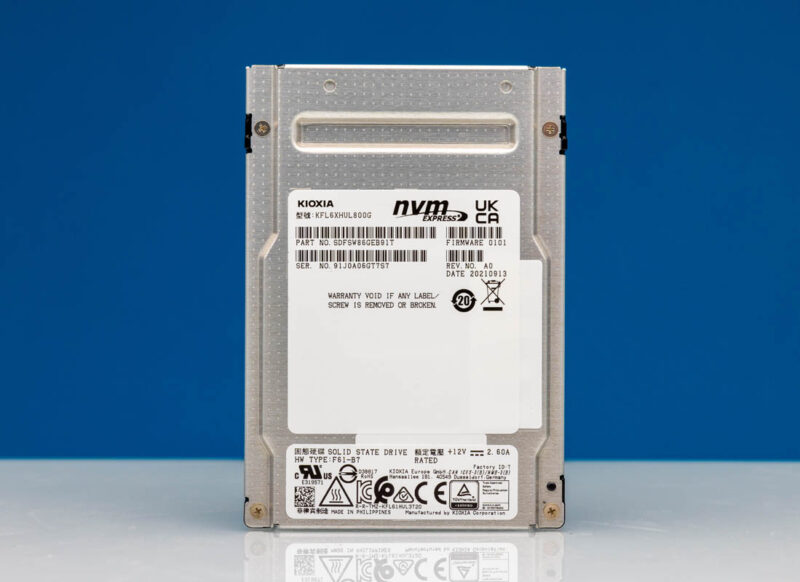
The drive itself is a standard 2.5″ SSD design.
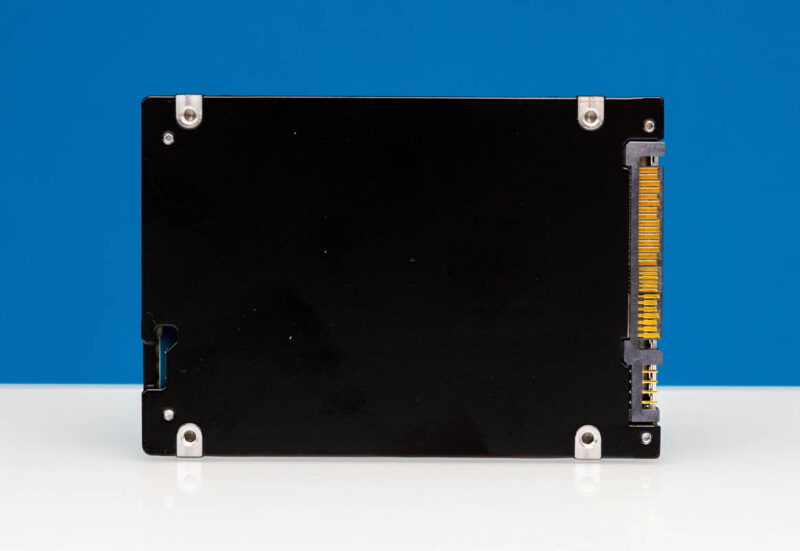
Here we have our power and data connections.
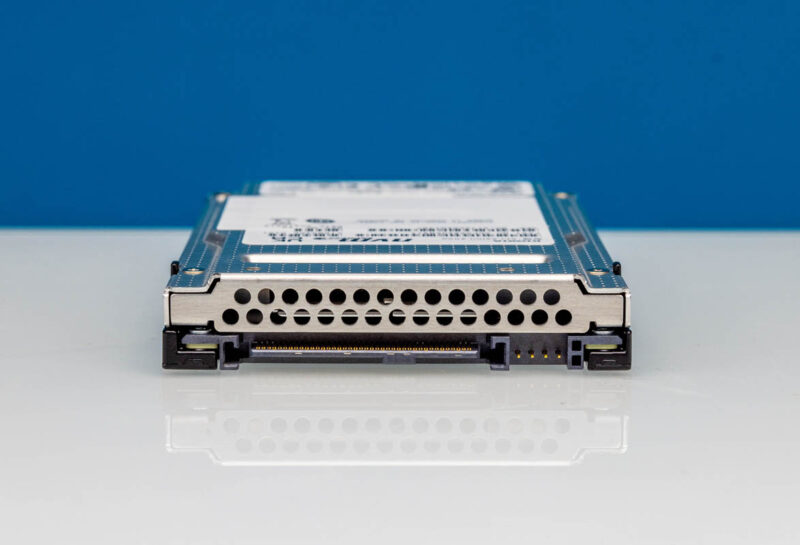
We also saw a diagnostic port on the front of the drive. Kioxia drives also tend to have perforations to allow some airflow through the drive itself.
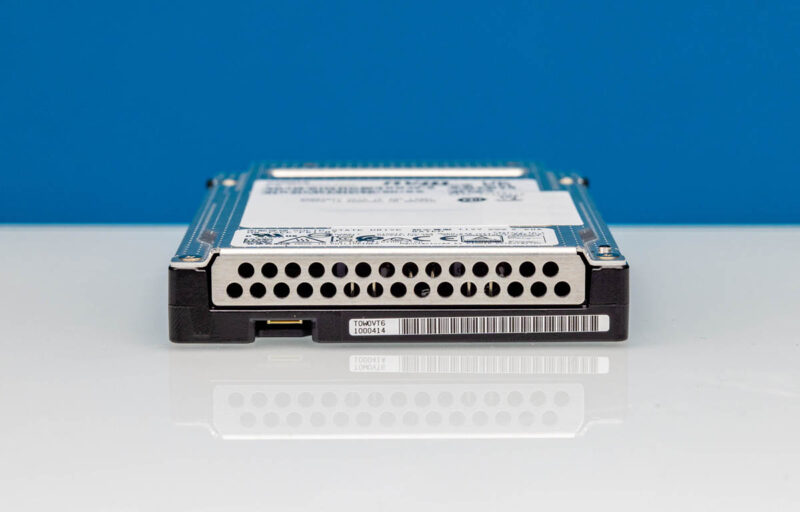
800GB in 2024 for a modern SSD is not a huge capacity because this is not meant for capacity. Instead, this is meant for heavy write-pressure applications, such as logging, some database functions, and so forth, where consistent low-latency performance is required. Much of the industry has transitioned to larger TLC and QLC SSDs as data center SSD vendors target the hard drive market. This is designed as a primarily write focused drive.
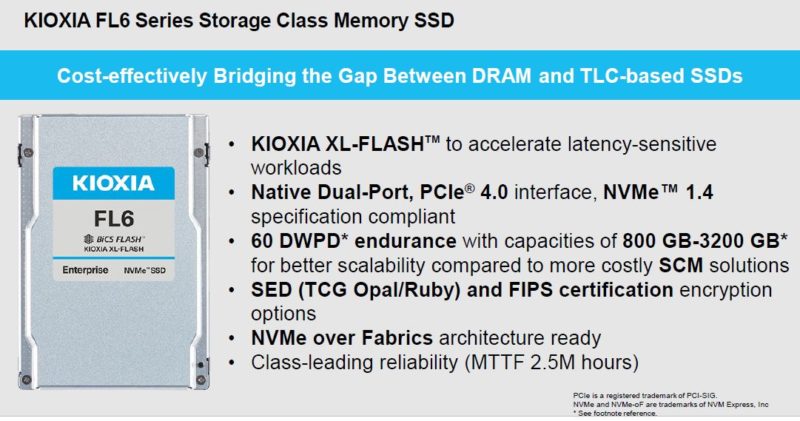
While we have been talking less about NAND recently, it is notable here. While much of the capacity market has moved to 160 layer to 200+ layer NAND, this is still on 96-layer NAND. The base for this drive is the Kioxia XL-Flash memory.
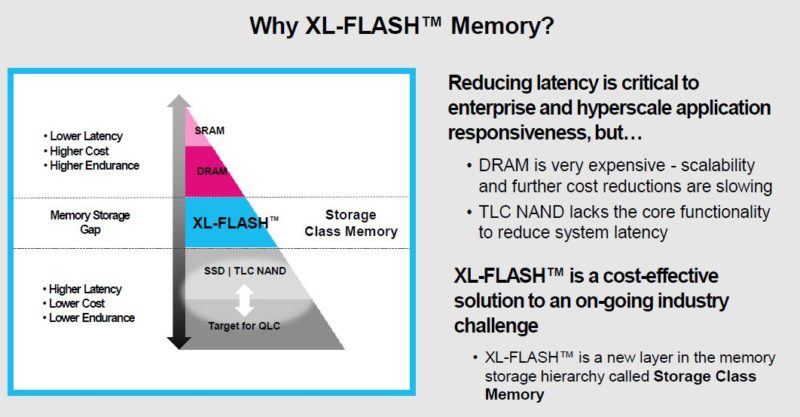
From what we understand, this is the first-gen XL-FLASH running in SLC mode, but the second-gen XL-FLASH is set to be MLC-based.
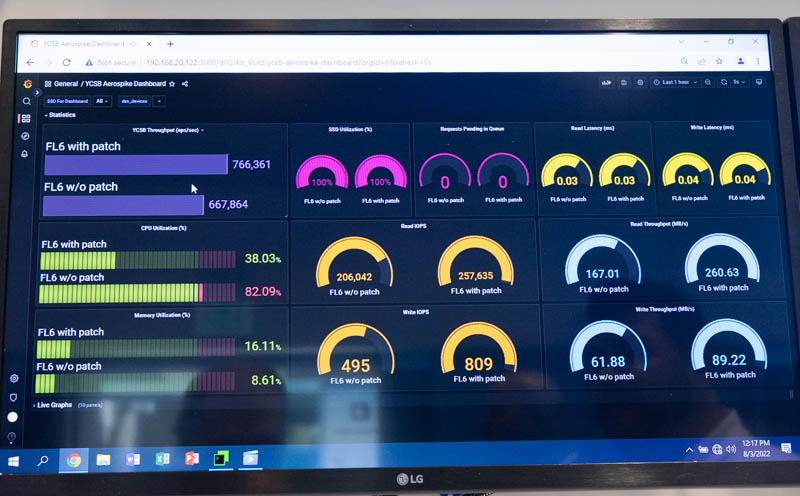
While we had never gotten to use the drive, we saw it run demos like a patched Aerospike database running YCSB using the FL6 as storage class memory.
Now, we have had the chance to look at one in a hands-on review. Let us get to that next.

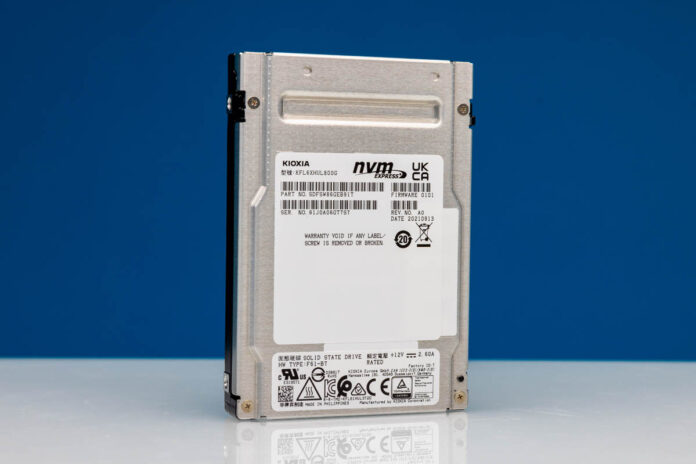
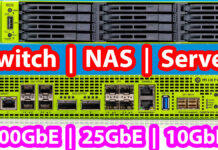
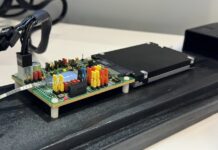
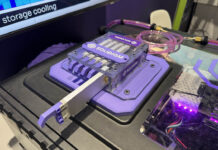
I wonder how much actual NAND they have inside, as it would be nice to see how it’s split up between the useable and the spare area.
I’d say 1 TiB = 1.1 TB, but that’s pure guess. That would be your standard “write-intensive” 27% spare, but given it’s SLC, this might be enough to do 60 DWPD.
Anyhow, this is an important piece of information I’d also like to see mentioned in the review (in *all* SSD reviews, actually): actual NAND capacity and number of packages.
@Robert & @G., TechPowerUp says:
Name: BiCS4 XL-Flash
Part Number: TH58LJT0SA4BA8H
Type: SLC
Technology: 96-layer
Speed: 800 MT/s
Capacity: 8 chips @ 1 Tbit
Topology: Charge Trap
Die Size: 96 mm² (1.3 Gbit/mm²)
Dies per Chip: 8 dies @ 128 Gbit
Planes per Die: 16
Decks per Die: 1
In any case, this is a crucial piece of information that should be included in the review (and, honestly, in all SSD reviews): the actual NAND capacity and the number of packages.
Your blog is a goldmine of valuable insights! The structured approach, clarity in writing, and well-researched content make it an excellent resource. I truly appreciate the effort you put into every post. Keep up the fantastic work! I always look forward to more of your engaging and informative content. Thanks for sharing such high-quality knowledge!